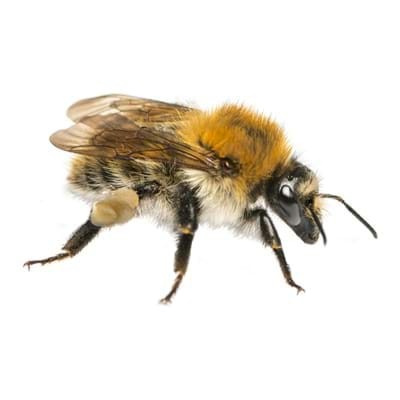Carniolan Honey Bees (Apis mellifera carnica) are a subspecies of the Western Honey Bee. They are naive to Slovenia, southern Austria, and parts of Croatia, Bosnia and Herzegovina, Serbia, Hungary, Romania, and Bulgaria.
They are favored among beekeepers for several reasons, not the least being its ability to defend itself successfullyagainst insect pests while at the same time being extremely gentle in their behavior toward beekeepers. They bees are particularly adept at adjusting worker population to nectar availability. They rely on these rapid adjustments of population levels to rapidly expand worker bee populations after nectar becomes available in the spring, and, again, to rapidly cut off brood production when nectar ceases to be available in quantity. They have periods of high nectar production with high worker populations and they consequently store large quantities of honey and pollen during those periods. They are resistant to some diseases and parasites that can debilitate hives of other subspecies.
Carniolan honey bees are about the same size as Italian Honey Bees, but they are physically distinguished by a generally dusky brown-grey color that is relieved by stripes of a subdued lighter brown color. Their chitin (Their main component of their exoskeleton,
glucose polymer) is dark, but it is possible to find lighter colored or brown colored rings and dots on their bodies. They are also known as the grey bees. Carniolan bees are nearly as big and long as the Western European black bees, though their abdomens are much slimmer. Also, they have a very long tongue (6.5 to 6.7 mm, which is very
well adapted for clover), a very high elbow joint, and very short hair.
They are known for an explosive spring build up; however
this build up means more swarms. They are not prone to rob, are very gentle, and are good comb producers. However, they produce less honey than Italian bees.
